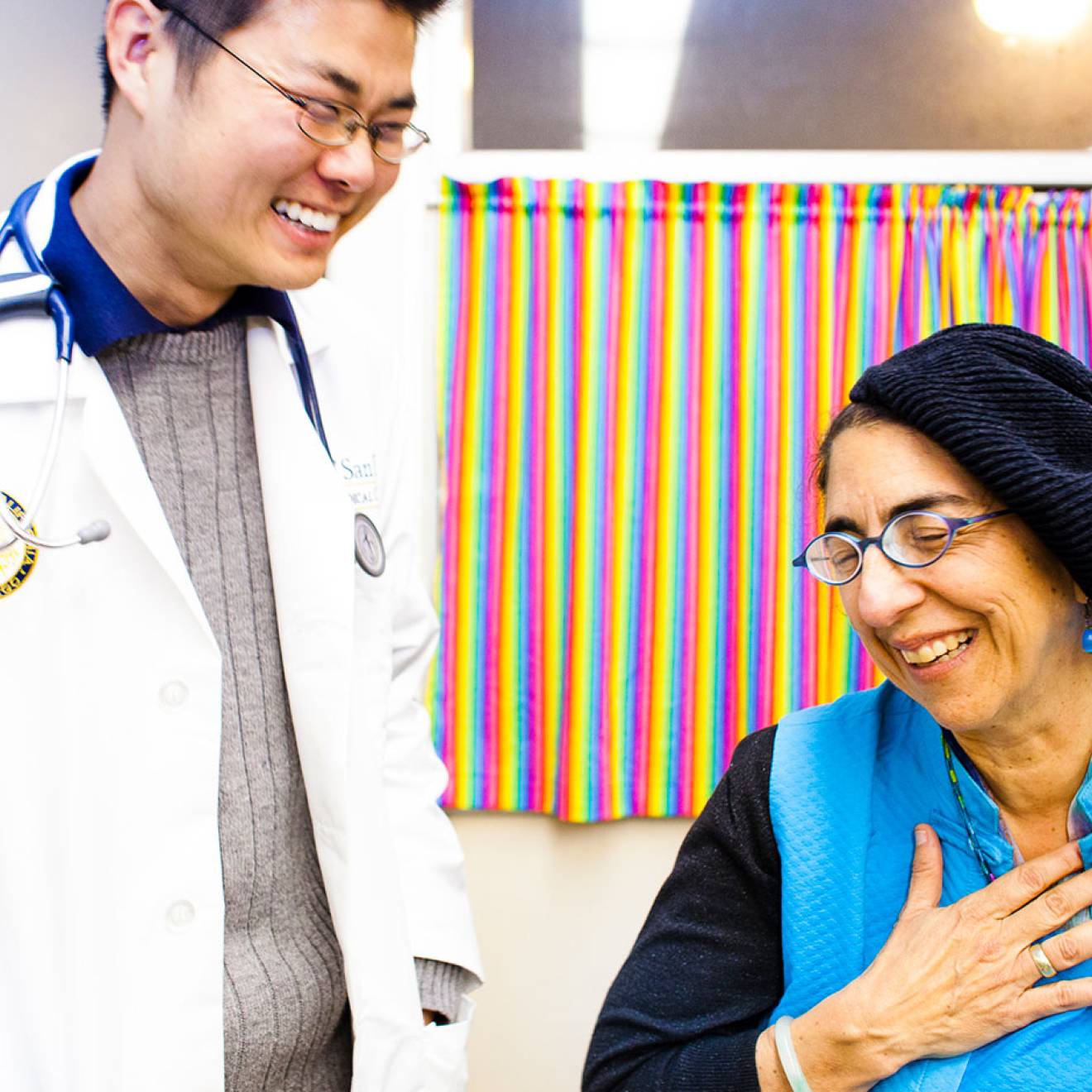Robert Sanders, UC Berkeley
A three-day international summit on the ethics of making permanent, hereditary changes in the human genome begins today in Washington, D.C., the fruit of an informal discussion organized in January by Jennifer Doudna, the inventor of the CRISPR-Cas9 technology that makes such changes cheap and easy.
The discussion in Napa early this year included Nobel Laureate David Baltimore, who was involved in a similar discussion 40 years ago about the dangers of the then-new recombinant DNA technology, which spawned the genetic engineering revolution.
But while the advent of genetic engineering ushered in a host of new therapeutic drugs and GMO crops, it was a laborious and time-consuming tool. CRISPR-Cas9 is quick and precise, and has already been adopted by thousands of labs around the world.
“The pace of scientific research has really increased with the CRISPR-Cas9 technology,” said Doudna, a UC Berkeley professor of molecular and cell biology and of chemistry and a Howard Hughes Medical Institute investigator. “It is widely available and relatively simple to employ, and it just lowers the barrier for people to start doing experiments that in the past would have been so difficult to do that there was no reason to discuss regulating them – they were just not very practical.”
The speed of change makes a discussion of the ethical and societal issues of editing heritable genes urgent, she said.
Conference brings together experts
The conference, to be held at the National Academy of Sciences and streamed live Dec. 1-3, is co-sponsored by the National Academy of Medicine and co-hosted with the Chinese Academy of Sciences and the U.K.’s Royal Society. The summit brings together experts from around the world to discuss the scientific, ethical and governance issues associated with human gene-editing research.
“The real purpose of this is not only to communicate fundamental aspects about the science to the public and nonscientists, but also to really think deeply together, as a community, about how we move ahead in a responsible fashion,” she said. “At the very least, I hope we will get on the table what people’s concerns are and what their points of view are.”
Those invited include patient advocates, bioethicists and legal experts, doctors and scientists from universities and commercial companies, administrators from government funding and regulatory agencies, and politicians.
Doudna’s own perspective on the ethical and societal issues surrounding germline gene editing is laid out in a piece appearing in the Dec. 3 issue of the journal Nature. She believes that work on CRISPR-Cas9 should continue full speed ahead, but that attempts to alter genes in human eggs, sperm or embryos should be halted until scientists, doctors and the public know fully the implications of a change that will affect not only that one person, but all descendants of that person, in perpetuity.
“It is very important to consider the unintended genetic consequences of making an intended change, because there are all sorts of genetic interactions that occur in cells during cellular development, especially in humans but also other organisms as well,” she said. “I think just getting a handle on how a desired change impacts the function and development of an organism or embryo is going to be a big part of this, and it could be decades of work. But this needs to be discussed in the context of this meeting and future meetings so that we can really determine the path forward for gene editing.”
How CRISPR works
CRISPR-Cas9 is an enzyme that bacteria use as a DNA scissors. Doudna and her colleague Emmanuelle Charpentier altered it to target and cut very specific regions of DNA in humans and other animals, so that it is now possible to cut one gene only in a human genome of 20,000 genes. CRISPR-Cas9 can disable a gene or help replace a mutated gene with a normal one. This tool and other gene-editing techniques could finally make gene therapy a reality, and researchers are now investigating ways to alter people’s genes to fix diabetes and sickle cell anemia and make humans immune to HIV infection.
Changes in adults would affect only one person, though. Genetic changes in an egg, sperm or embryo would affect all cells in the baby, including reproductive cells, meaning that their children would also carry the alteration. This is the type of gene editing Doudna and a host of other scientists are concerned about.
Chinese scientists earlier this year reported gene-editing experiments in human embryos, though the embryos were chosen because they were not able to produce a baby. Doudna has no problem with such experiments when done using current guidelines. Nor does she favor a ban on germline edits that might produce a viable infant. But she does want scientists and the public to weigh in on the ethics of such experiments and discuss how to do them safely.
“I certainly don’t think the time is right for real clinical application of human embryo editing right now,” she said. “This is something people are really curious about, and at this meeting we plan to discuss the kinds of diseases where an application in the germline would be potentially appropriate and, if many people agree it would be useful, how we get to a point with the research in this field where you can see a prudent path forward to a clinical application. Do we have enough regulation in place already for doing this kind of work, or do we need to have additional regulatory measures put in place?”
No agreement on guidelines
Not everyone agrees that new guidelines are necessary. In a companion perspective to Doudna’s, George Church of Harvard Medical School wrote: “Banning human germline editing could put a damper on the best medical research and instead drive the practice underground.”
Doudna does not propose a ban, but outlines five specific steps needed to get to safe germline gene editing: common methods to evaluate the effectiveness of gene editing; more communication of the risks and benefits of germline editing; international cooperation to come up with approved guidelines for what is and is not ethical; oversight to evaluate advances in light of these guidelines; and a cautionary halt, for now, to heritable gene editing.
Doudna is looking forward to the discussion this week and hopes for a consensus, though that outcome is far from certain. But the advantages of acting now are evident if one looks at the 1975 conference in Asilomar that laid out a course for safely applying genetic engineering, including establishment of a Recombinant DNA Advisory Committee within the National Institutes of Health to oversee the research. That committee, called RAC, is still in existence, and may play a role in overseeing gene editing, Doudna said.
“We have seen it in movies before: When a new technology comes along, of any type, people tend to get very, very excited about it and it stimulates lots of thinking and ideas. But the danger is that there is a race to do something that the field isn’t really ready for, or that causes either perceived or real danger to the community in some way, or something unethical,” she said. “That creates a backlash that can really set a field back.”
“Gene therapy is a great example of that,” she added. “There was a race into the clinic, with lots of excitement, and then when patients died there was a backlash that destroyed the field for more than a decade. We would really love to avoid that here.

